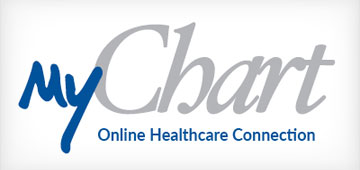
UMMC provides patient-centered treatment, clinical excellence, and an advanced level of care unavailable anywhere else in the state.

for Kids.
Children’s of Mississippi is here for every child
with the state’s only children’s hospital
plus clinics statewide.
Latest News

OAVCR Excellence Awards honor 2025 research accomplishments
Monday, November 17, 2025
Medical Center researchers across disciplines were hailed for their achievements in the past fiscal year, which saw a record number of proposal submissions. Read More

Graduate School honors outstanding alumni, research
Monday, November 10, 2025
The School of Graduate Studies in the Health Sciences honored two of its alumni, Including its longtime former dean, during its annual Distinguished Alumni Ceremony and Research Day. Read More
Latest Articles

Front and Center: Chef Jonathan Boyd
Published on Monday, November 17, 2025

Superheroes drop in for opening of Mimi’s Playground at Children's of Mississippi
Published on Monday, November 17, 2025

Representatives of UMMC earn top national and statewide awards
Published on Monday, November 17, 2025

UMMC Madison earns its first “A” Hospital Safety Grade
Published on Monday, November 17, 2025

Department of Preventive Medicine marks 70 years of studying disease, helping patients live better
Published on Monday, November 10, 2025

In good season: Once again, student enrollment springs in the fall
Published on Monday, November 10, 2025

Dr. Felicitas Koller named inaugural Hardy-Raju Chair of Transplant Surgery
Published on Monday, November 10, 2025

That’s my job: Mississippi Poison Control Center
Published on Monday, November 10, 2025
Find Us on Social Media
Get news and information you need about the Medical Center by connecting with us through our social media community. You’ll find events, news stories and campus activities shared daily. UMMC is active on Twitter, Facebook, Instagram, YouTube and LinkedIn.
You may also connect with the Children’s of Mississippi social media community on Twitter, Facebook, Instagram and YouTube.
Follow Dr. LouAnn Woodward on Twitter.
We look forward to hearing from you!
Sign Up for Consult

Connect with UMMC via new e-magazine
In CONSULT, readers will have the opportunity to learn more about the cutting-edge clinical advances, innovative educational programs and groundbreaking research occurring at UMMC. Plus, CONSULT will regularly showcase our experts' best advice for living a healthy and mindful life.






